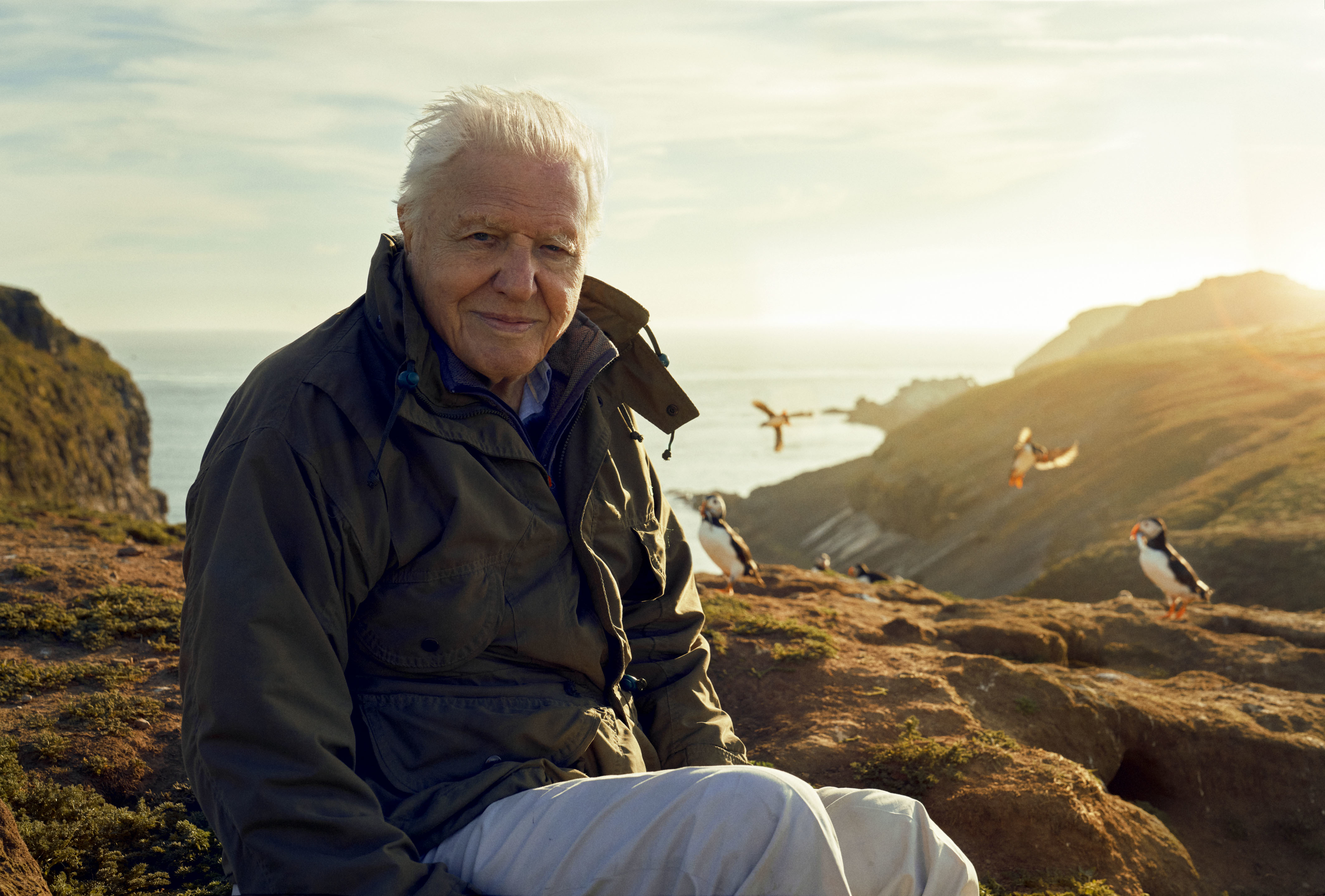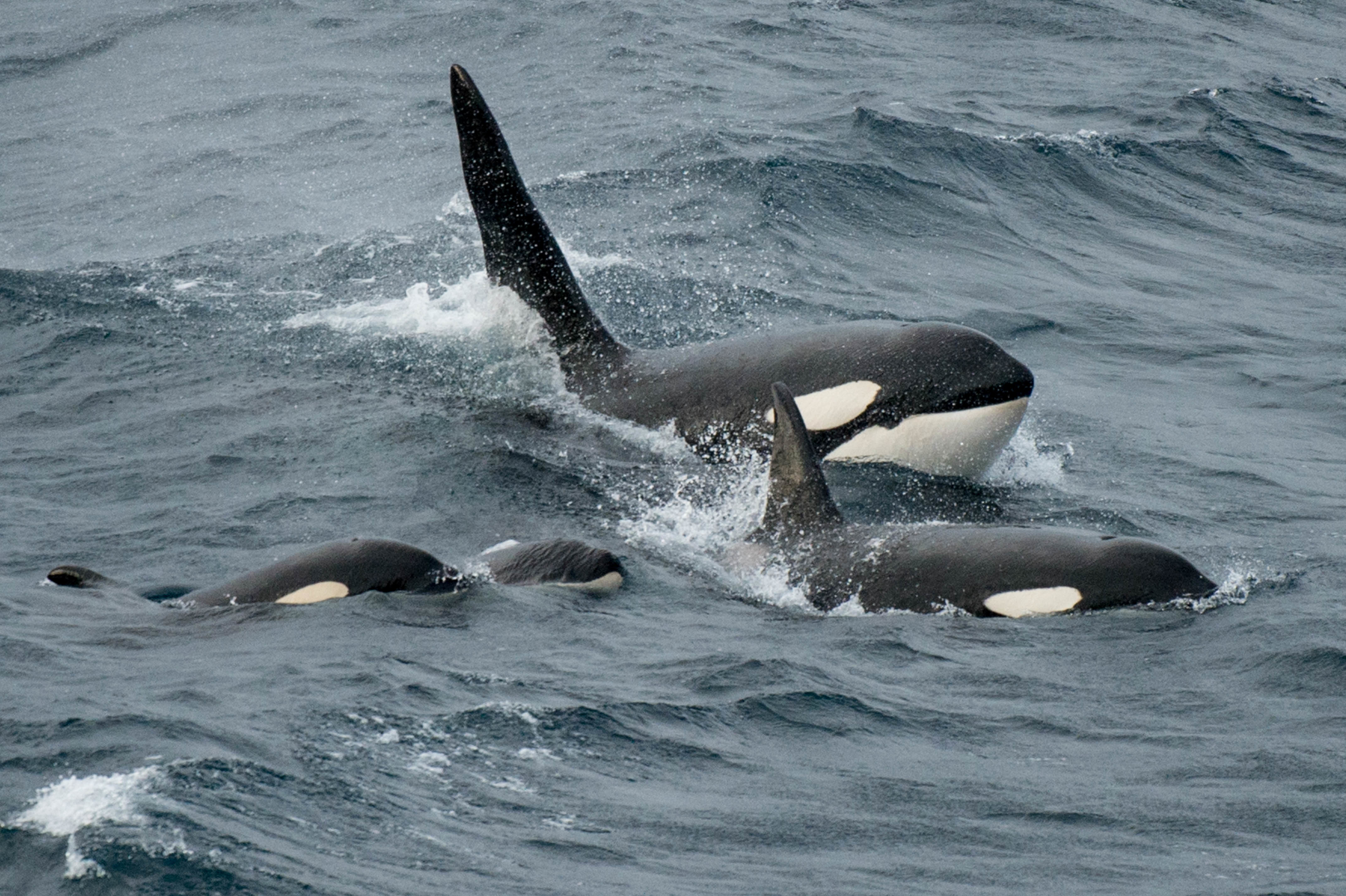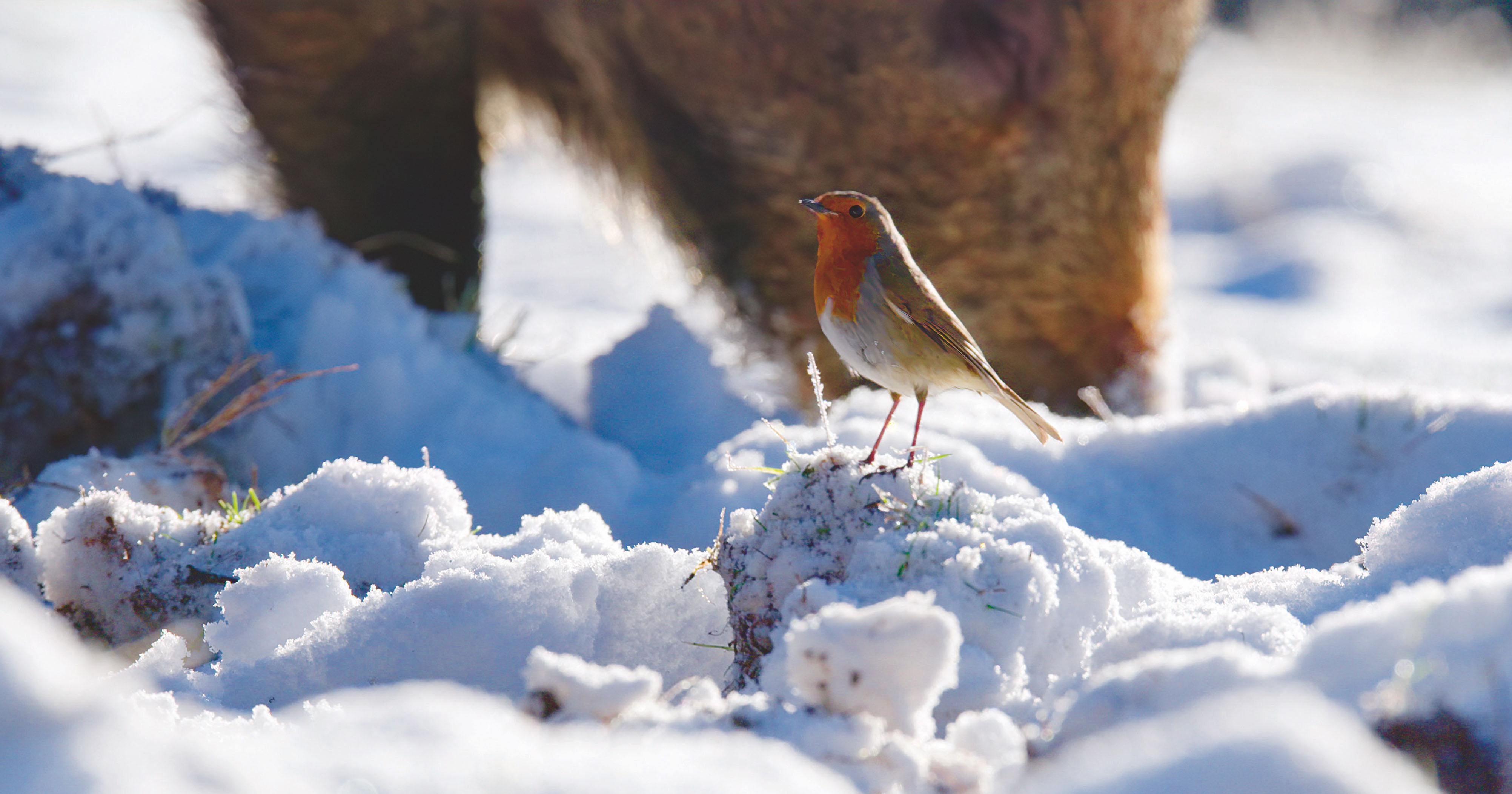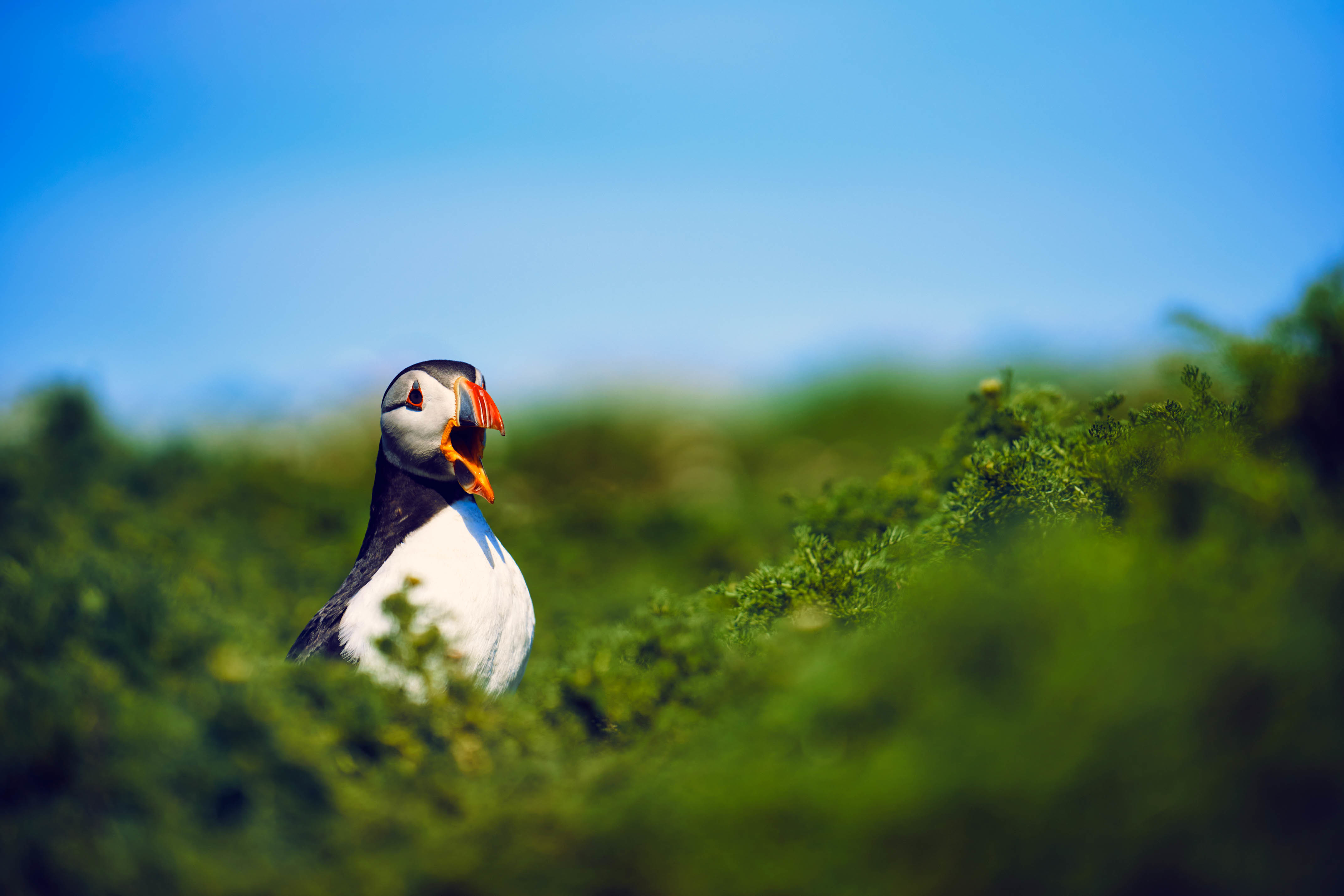
Wild Isles is a new wildlife series coming soon to BBC One in which Sir David Attenborough will be exploring the amazing array of wildlife that can be found in the British Isles.
The groundbreaking series was filmed in Britain and Ireland over the course of three years, in 145 locations, and features 96 different species across the five episodes.
Here's everything you need to know about Wild Isles...
Wild Isles release date
Wild Isles launches on Sunday, March 12 on BBC One at 7 pm, and will run for five weeks.

Who is presenting Wild Isles?
Sir David Attenborough is the presenter of Wild Isles, and will appear on-screen at the start of each episode, as well as providing narration across the whole series.
"He was so enthusiastic about doing this," says series co-producer Alastair Fothergill. "He said to me, 'Alastair, I love doing new, and nobody's done this, and I've never done it — so I really want to do it!' He was totally fired up with the promise that, given the money and given the time, we could deliver things that would genuinely surprise people. He's said a number of times to me over the last year or so, 'that's better than anything I've seen in the Serengeti'!"
Wild Isles episode guide
- Episode 1 — 'Our Precious Isles': To begin the series, Sir David Attenborough celebrates the rich variety of wildlife that exists in the British Isles, and explains why our small and uniquely positioned set of isles are so critical for the survival of species from right across the globe. Killer whales hunt for seals off the coast of Shetland, while flocks of barnacle geese come to Islay to feed on the lush grass — but find themselves under threat from sea eagles. Meanwhile, puffins try to protect their freshly-caught fish dinners from greedy gulls, and woodland plants reproduce by holding insects hostage.

- Episode 2 — 'Woodland': The British Isles are among the least-forested countries in Europe, which puts our woodlands under threat — but they are home to all kinds of spectacular creatures. A wild boar surprisingly lends a hand to a hungry robin trying to retrieve worms from the snow-covered ground, and the unusual mating process of the ash-black slug is revealed in incredible detail. Night cameras will also reveal what really happens in the dark in a starling roost on Bodmin Moor.

- Episode 3 — 'Grassland': From the flower meadows of the Scottish Outer Hebrides to the mountains of southwest Ireland, this episode explores Britain and Ireland's stunning grasslands. In Dorset, a bee rides through a meadow on a 'broomstick', and in Northumbria, we witness the complicated courtship ritual of adders. And in Gloucester, the incredible conservation success story that saw large blue butterflies return to our shores is revealed.

- Episode 4 — 'Freshwater': Sir David Attenborough takes us on a journey from source to sea, following the course of our freshwater as it travels through our landscapes. Atlantic salmon race upstream in one of the planet's most famous migrations, mayfly have mere days to live, great crested grebes pair up in a moving courtship ceremony, and some poor baby toads must make their way across a 'killing zone' patrolled by carnivorous leeches.
- Episode 5 — 'Ocean': In the fifth and final episode, Sir David Attenborough introduces us to the colourful underwater world of Britain and Ireland's oceans, taking viewers below the waves to encounter the animals that live around our 22,000 miles of coastline. Grey seals congregate on a beach in Norfolk to give birth, and out into the sea, beds of seagrass act as carbon storage areas while also providing a home for seahorses. And on the west coast of Scotland lies the Corryvreckan Whirlpool, the third largest whirlpool on the planet, which provides a home for an incredible ecosystem.
Is there a trailer for Wild Isles?
There is! Click below to watch it:





!["[T]he First and Fifth Amendments Require ICE to Provide Information About the Whereabouts of a Detained Person"](https://images.inkl.com/s3/publisher/cover/212/reason-cover.png?w=600)

